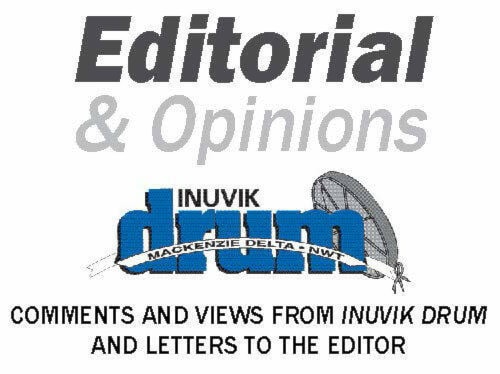It’s no secret a lot of initiatives to improve life in the north have fizzled out.
Either from a lack of human resources to keep them in operation, a lack of support from the needed players or internal politics undermining efforts, there’s enough stories of government failure to keep all the NWT news chains busy.
So it’s a wonderful change to write about the Mentor Apprentice Program (MAP,) which has made it to its third year in operation and continues to gather momentum. The program has nearly doubled in size, going from 28 pairs last year to 47 this year, and many pairings are now within the same family which only amplifies the time available to practice speaking. If the resources are able to stay in place, there’s no telling how far this program could go, but helping nearly 100 people reclaim their language each year is a tremendous pace as it is.
As social planners in local, territorial and the federal governments work to untangle the webs of colonization, programs like MAP should serve as models to how to get people actively involved in cultural rehabilitation. It shows what can happen when governments get together with clear goals and simple objectives, instead of competing projects. And it shows how to make a program succeed.
Making it a viable form of employment to learn and teach Indigenous languages, with the GNWT covering 100 hours of instruction and the Indigenous government connected with the language being learned covering the other 100, people aren’t just learning a language but also helping keep food on the table at the same time.
Both the Gwich’in Tribal Council and the Inuvialuit Regional Corporation have repeatedly expressed interest in expanding capacity for the types of work that can be taken on by their beneficiaries, which requires extensive training. The traditional southern adult education model is to offer a loan — or scholarship if you’re the right kind of student — and send you off on your way through academia, sink or swim. Issues like where a student lives, how they feed themselves and how they cover bills while being a full-time student are left up to them.
For a northerner on their first-time to a major university, say the University of Alberta, they’re not only dealing with the above but also the sheer size difference in population centres in the south. Finding one’s way around a convoluted public transport system, or driving a strange new network of roads, is an education in itself.
Obviously, this means that most people who go south for technical or academic training will need to find themselves a job to cover these expenses. Factoring in the travel costs of moving south and the idea of going to school becomes a opportunity only for a privileged few who can count on the financial support of family members.
A model like the MAP program could help shorten the gap for many northerners to take the academic plunge. Cutting a chunk of the financial strain out of the equation could make the remainder far closer to achievable for middle class and lower income families. It could give young adults who may feel trapped in the north a chance to explore the world and grow. Who knows what creative ideas they could come back with?
